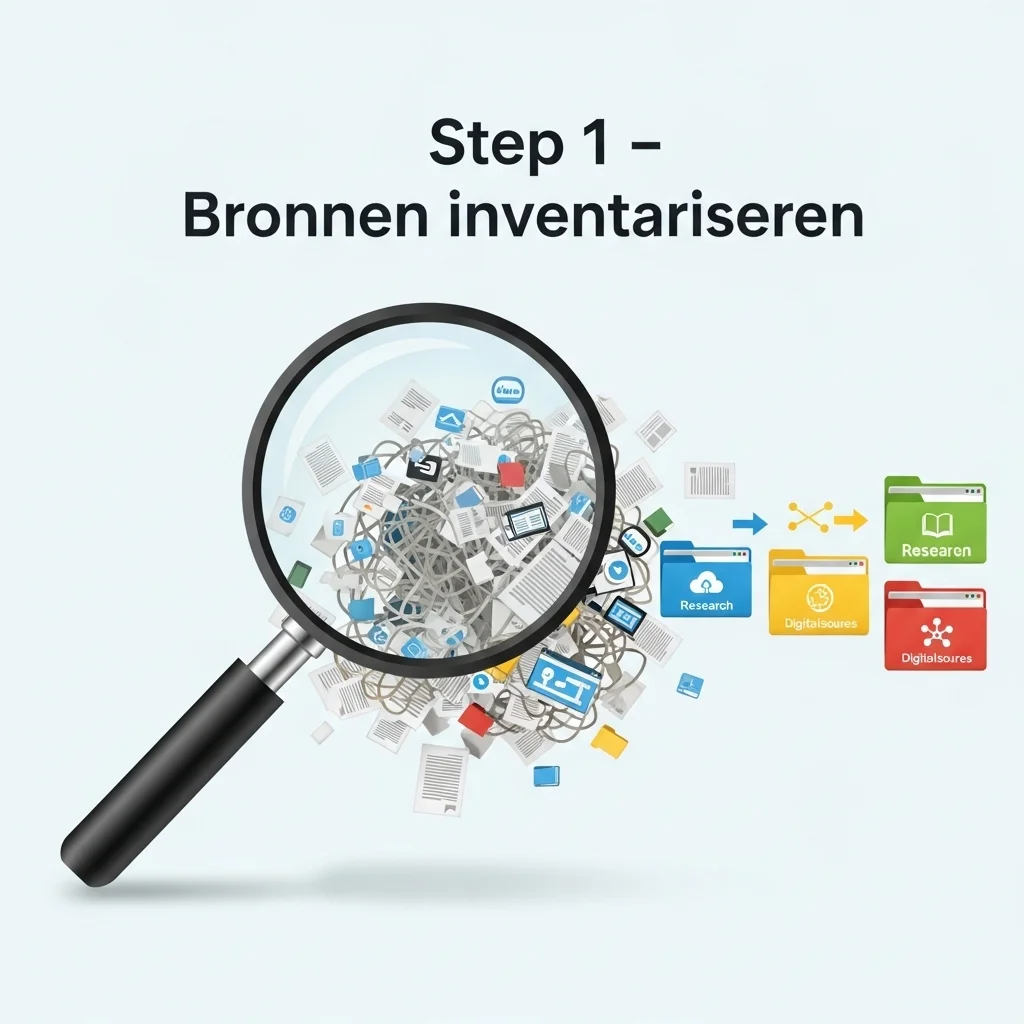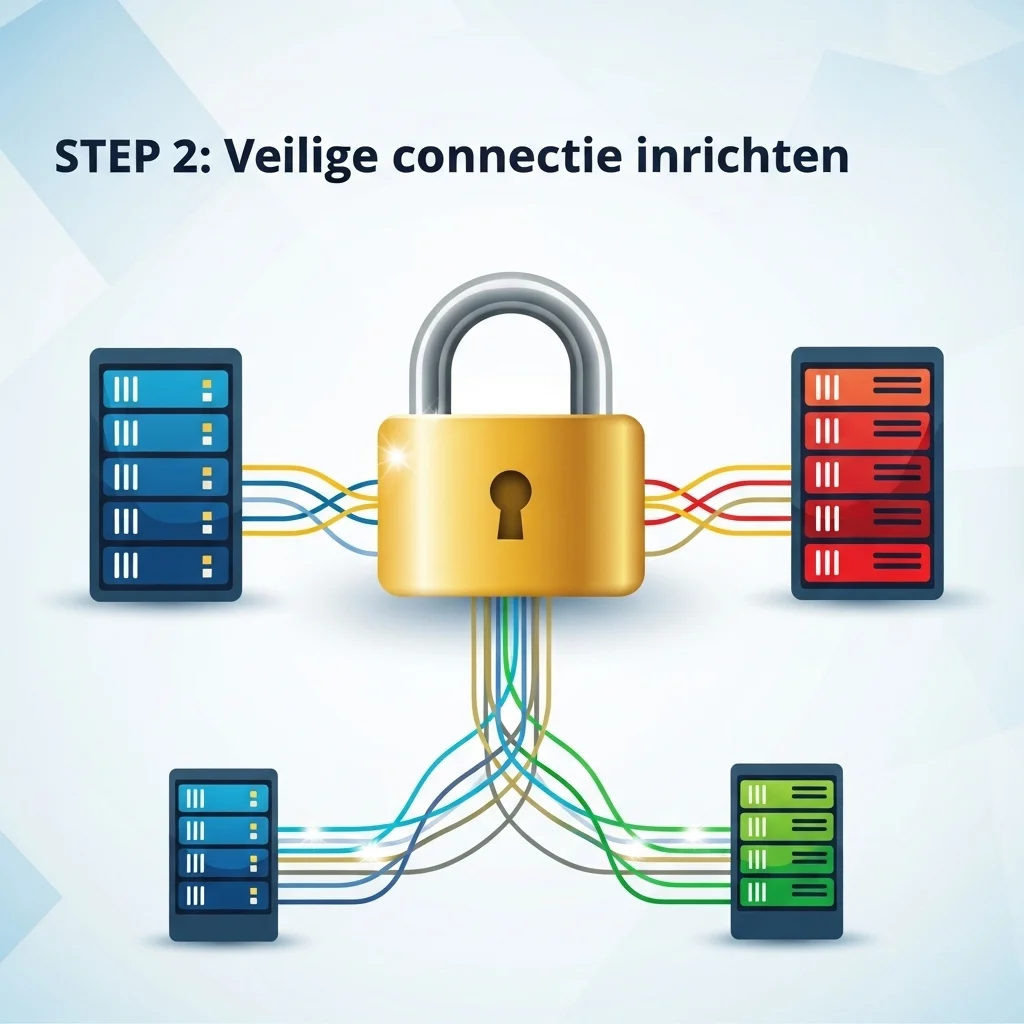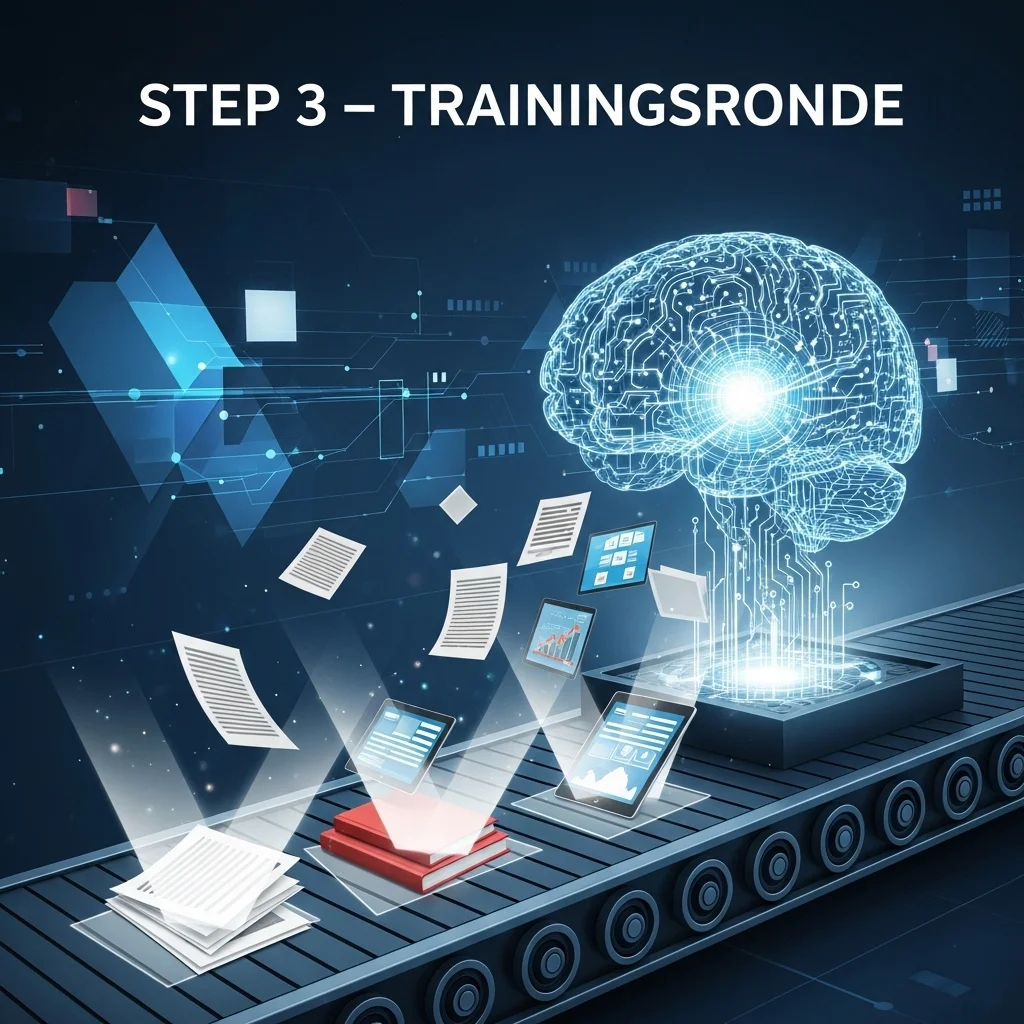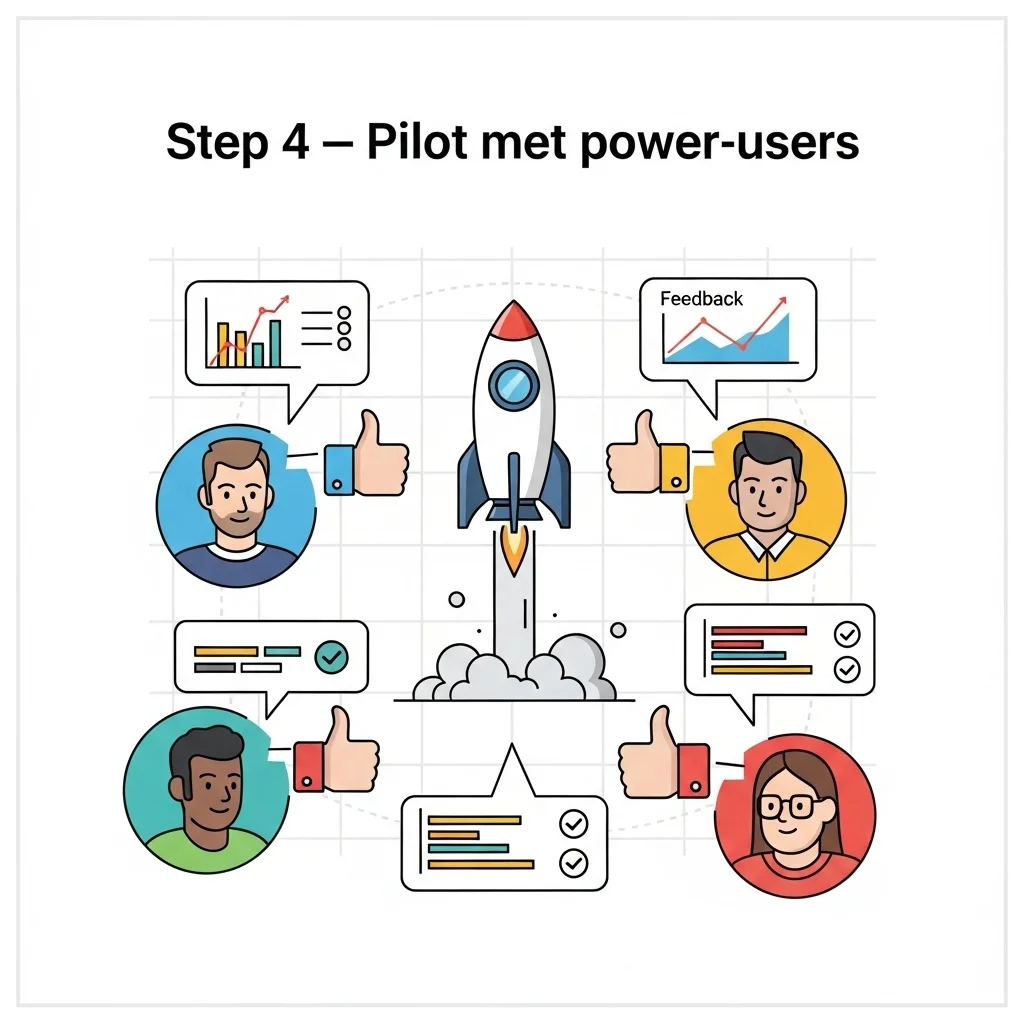Knowledge at your fingertips
Never leaf through folders or wikis again
Automate
In seconds, an internal chatbot searches policy documents, proposals and manuals that would otherwise take hours to read manually.
Integrate
We integrate securely with SharePoint, Confluence, CRMs and even legacy systems—without leaking sensitive data.
Validate
Every answer includes a source reference so colleagues immediately see where the information originates.
Improve
Each question feeds the language model, making the bot ever smarter and eliminating dead ends.

The memory that never takes a break
Although an internal chatbot may resemble an advanced search bar at first glance, in practice it acts as a digital colleague with a photographic memory.
Efficiency delivers serious gains
Employees type a question, receive a clear answer in a flash and continue without leaving their workflow.
Less frustration, greater confidence
We often see teams experiment more quickly because misunderstandings about policy or technical details disappear overnight.
Compliance at the core
Because the chatbot quotes legislation and internal guidelines verbatim, the risk of costly violations drops.
Colleagues find what they are looking for 60% faster.
Error rates fall by an average of 35%.
Onboarding time shortens by one to two weeks.
Implementation roadmap for an internal chatbot.
An overview of the crucial steps—from source inventory to continuous tuning.

Step 1 — Inventory sources.
We start with a deep-dive workshop: which intranet pages, PDF manuals and shared drives contain critical knowledge? Less is sometimes more; duplicate files are removed immediately.

Step 2 — Set up a secure connection.
OAuth, service accounts, data classification—it might sound dull, but this layer determines whether the rest will succeed. Security therefore always comes first.

Step 3 — Training round.
The bot learns from the selected documents. We label data, set context boundaries and test response time versus accuracy.

Step 4 — Pilot with power users.
A small group of experienced users asks tricky—and sometimes oddly phrased—questions. Their feedback fine-tunes the flows and prevents teething problems.

Step 5 — Roll-out and continuous tuning.
After go-live we measure question patterns, fill gaps and release versions with improved intent detection or fresh integrations such as voice.


Ready to put knowledge to work?
Let us explore together which internal sources your teams have yet to tap. A no-strings conversation—coffee included—offers immediate clarity on feasibility, security requirements and the first quick wins.

A critical look at hype and reality
Chatbots are no magic wand, but they are a lever
We notice that organisations sometimes expect a chatbot to fix every outdated process. That is difficult when the underlying data is messy. In fact, a bot amplifies inconsistencies when sources contradict one another. Data quality therefore deserves priority above all else.
Context is king
Without clear usage guidelines the bot will guess. And guessing on compliance questions? Best avoided.
Setting boundaries
We limit the language model to internal context so nobody is confronted with public internet material out of the blue.

Getting concrete: five practical tips
Start today without drafting a year-long plan
1. Start small; choose a single department. 2. Select high-volume, low-complexity questions (leave, expenses). 3. Document missed answers, then enrich the dataset. 4. Measure adoption through chat logs, not gut feeling. 5. Integrate into the existing chat client, for example Teams.

Looking ahead to the future
From text to multimodal assistance
Within two years we expect speech-driven internal chatbots that generate presentations from raw project data. We are already seeing pilots where augmented-reality glasses project the bot’s answers above factory machines—handy, but still pricey.
Self-learning compliance
Legislation changes; the next generation of bots will automatically monitor official journals and update policy texts in real time.
Frequently asked questions
Practical answers to the questions we hear most often.
😊 What exactly is an internal chatbot?
An internal chatbot is an AI-driven conversational partner that answers employees’ questions based on internal documents such as policy papers, proposals, project reports or legislation. Instead of searching yourself, you simply ask a question in natural language.
🤔 How does the bot safeguard sensitive data?
We connect via encrypted APIs, apply strict access rights and log every interaction. In addition, the language model remains in a closed environment; no data are sent to external cloud services without explicit permission.
🚀 How quickly will we see results?
Although exact timing varies per organisation, most notice within a few weeks that repetitive questions are handled more quickly. The immediate saving lies mainly in fewer search hours and a reduction in human errors.
📚 Which document types can the bot process?
PDFs, Word files, wiki pages, spreadsheets and even structured data from CRM systems. As long as it contains machine-readable text, it can in principle be indexed.
💰 Is it expensive to get started?
Costs depend on licences and integration complexity, but a small-scale pilot usually fits within a limited budget. More importantly, the time saved often far outweighs the initial investment.
😅 What if the bot gives a wrong answer?
Human validation remains essential. We build feedback buttons so users can immediately indicate when an answer is incorrect. That feedback enters a retraining cycle so the error does not repeat itself.
😎 Can the bot handle multiple languages as well?
Yes, multilingual models are possible. Bear in mind, however, that the source documents must also be multilingual; otherwise, a knowledge gap will still arise.
🔧 What is required on the IT side?
A modern identity provider (Azure AD, Okta), API access to data sources and ideally a dev environment for testing. We also review network architecture to minimise latency and security risks.
🌱 How scalable is the system?
Thanks to container technology (Docker, Kubernetes) you can scale as usage grows. Adding compute nodes horizontally is usually enough to handle peaks.
🏆 Why choose Spartner over other providers?
We combine AI expertise with in-depth knowledge of business processes. Just as important, we keep all data within European data centres, which simplifies GDPR compliance.










.webp)
